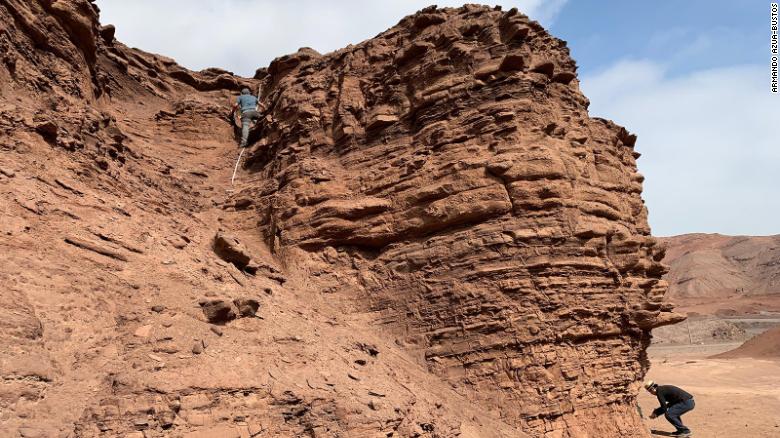Dark Microbiome in the Atacama Desert Highlights Life Detection Limits on Mars

The search for life on other planets has long been of interest to humanity. However, we have been limited to what orbiters and their scientific instruments can detect and restricted to the specific locations of landers and rovers. Another approach is to study places on Earth with geologic and climatic resemblances to other planets. One such analog for Mars is the Atacama Desert in Chile. The Atacama is the oldest, driest desert on the planet, but life still thrives there.
Recently, Armando Azua-Bustos, from the Centro de Astrobiología in Madrid, Spain, and his team studied an alluvial fan delta called Red Stone in the Atacama Desert to test the limitations of scientific instruments designed to detect life. A slew of instruments and techniques that are either already on Mars or will be sent there were tested. While the instruments correctly determined sample mineralogy, concentrations of organics were generally near or below the detection limits of the instruments. The team also analyzed some biology. While Red Stone shares similarities to the sedimentary rocks of ancient Mars, it has about 1μg of DNA per gram of soil. Azua-Bustos’s team found that 8.9% of the identified DNA and RNA at Red Stone fell into an “unclassified” category, and another 40.8% could not be identified until looking at their distant relatives higher up the animal kingdom chain. They proposed the term “dark microbiome” to refer to microorganisms that can be detected but whose identity cannot be determined. In the case of Red Stone, this dark microbiome could be a species not found anywhere else on Earth, or it could be a relic of a species (or multiple species) that has died out and has no close relatives in existing databases. This adds to the already complex task of detecting past or present life on Mars and highlights the importance of sample return missions. READ MORE
No comments:
Post a Comment